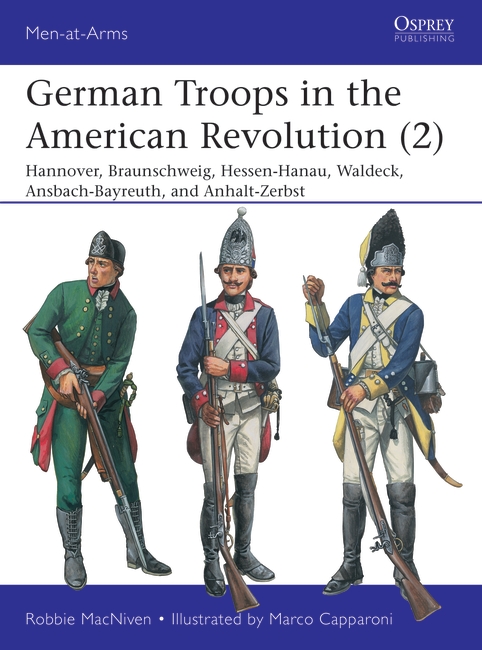
On 9 January 1776, while seeking assistance in suppressing the colonial rebellion in North America, Great Britain entered into its first formal military alliance with a German state since the start of the conflict – in exchange for the sum of 64,500 Banco-Thaler, Britain would receive 3,964 infantrymen and 336 light cavalrymen to assist in combat operations in North America.
The state that supplied these forces was not Hesse-Cassel. While that particular German principality did supply the most foreign soldiers to aid Britain’s efforts during the American Revolution, it was neither the first nor last one to do so. In fact it was just one of six states to provide direct military assistance – the other five were its neighbour, Hesse-Hanau, as well as Hanover, Waldeck, Brunswick-Wolfenbüttel (the first to do so, mentioned above), Ansbach-Bayreuth and Anhalt-Zerbst. Almost always simply lumped in with the “Hessians” of Hesse-Cassel, in reality around half of the German soldiers fighting for the British Crown in North America weren’t Hessians at all.
Like the Hessians, the regiments deployed by these small states were not mercenaries. They were full-time, regular, professional soldiers, serving their princes overseas. The rulers of some, like Hanover or Brunswick-Wolfenbüttel, had direct familial links to Britain, and while the considerations of a few of the German nobility were certainly driven by financial matters, the German presence in North America was that of auxiliaries and military allies, rather than soldiers of fortune.
The forces actually deployed, while small when taken on a state-by-state basis, included the full gamut of eighteenth-century combat troops. As well as line regiments and grenadier battalions there were the feared and elite, rifle-armed jäger skirmishes, along with one more conventional, firelock-and-bayonet-armed light infantry battalion. There was a dragoon regiment - albeit the British were responsible for supplying their horses, and struggled to do so – and artillery. There even appear to have been a German variation of militiamen – the freikorps of Hesse-Hanau – and one unit described as “pandours,” based on the styles of Hungarian irregulars. In total, these German states supplied Britain with approximately 15,000 more desperately-needed men not only in North America, but in Europe and India as well.
The experiences of these German states were as varied as the war itself. From the Brunswickers battling through the forests of Canada and down along the Hudson, to the Anhalt-Zerbst garrison troops in Quebec and New York, from the Hanoverians battling to defend Gibraltar during the great four-year-long siege, to the Waldeckers fighting fever and the Spanish in the Flordias, German troops gave long and often arduous service to the British Crown during the Revolutionary War. Hopefully this new book will help make their contribution better-known, while also providing some further insights for wargamers and fans of militaria struggling for more detail on the uniforms and service of these less-famous subsidientruppen.
You can read more in German Troops in the American Revolution (2): Hannover, Braunschweig, Hessen-Hanau, Waldeck, Ansbach-Bayreuth, and Anhalt-Zerbst


Comments
You must be logged in to comment on this post. Click here to log in.
Submit your comment